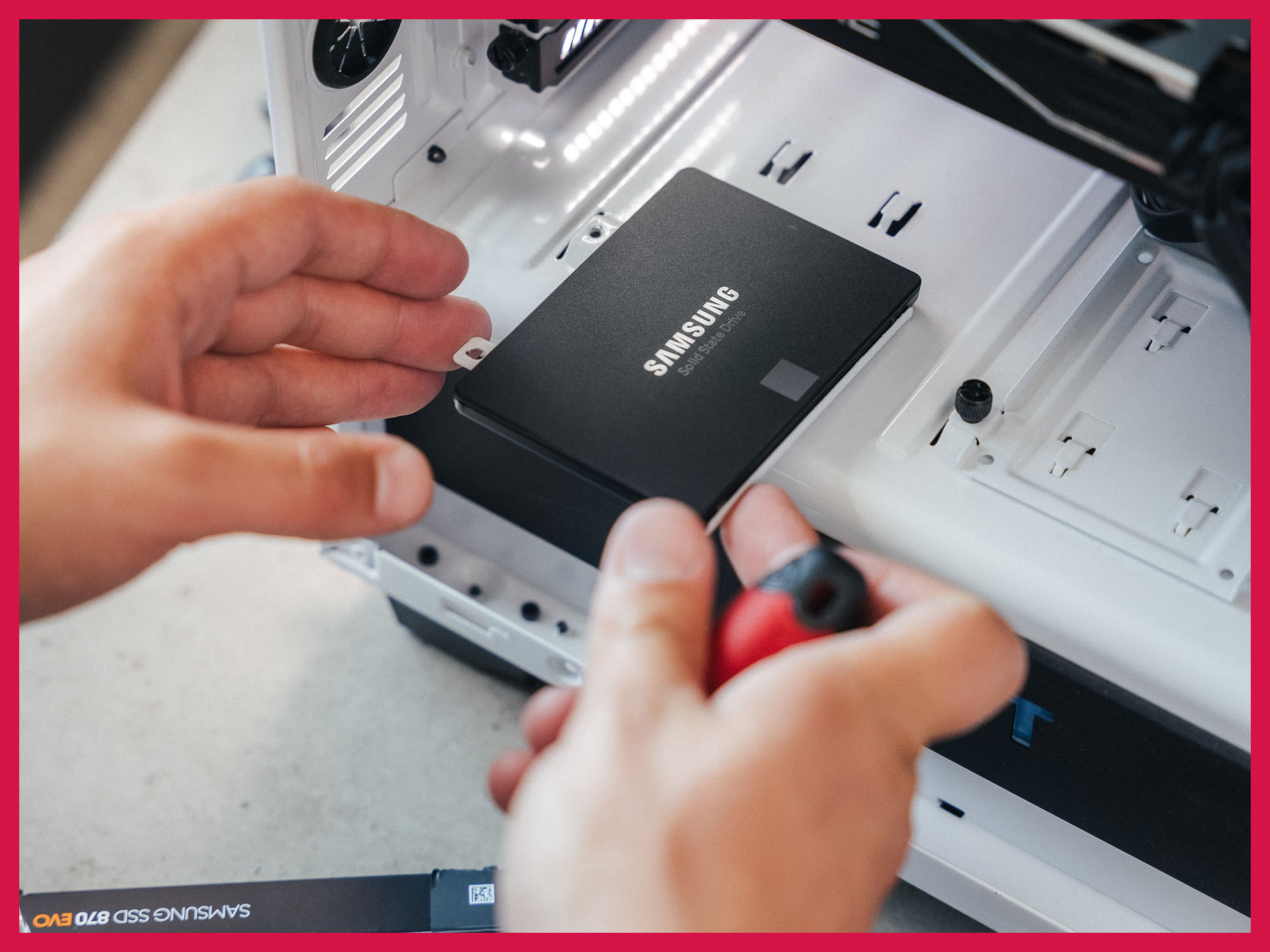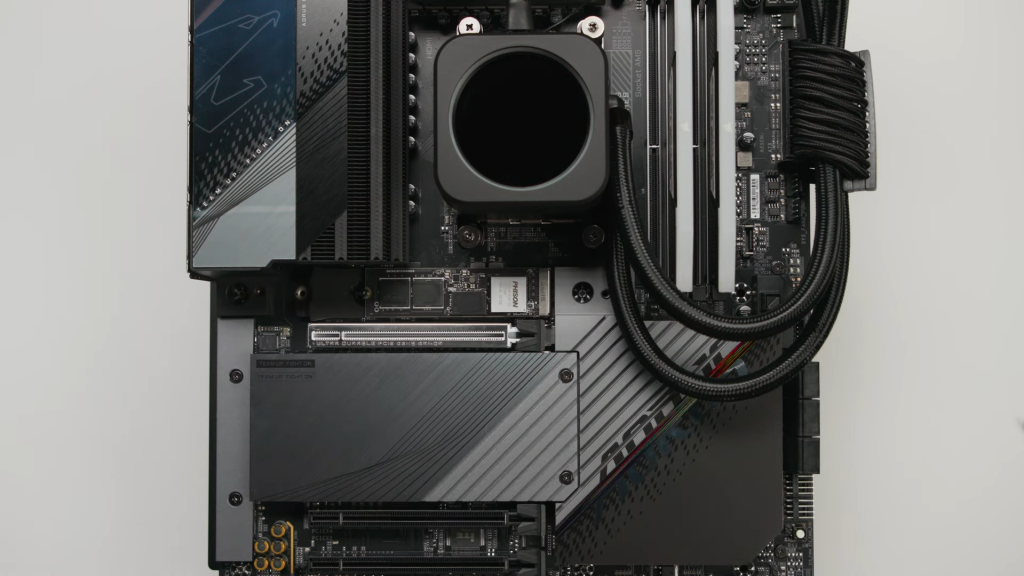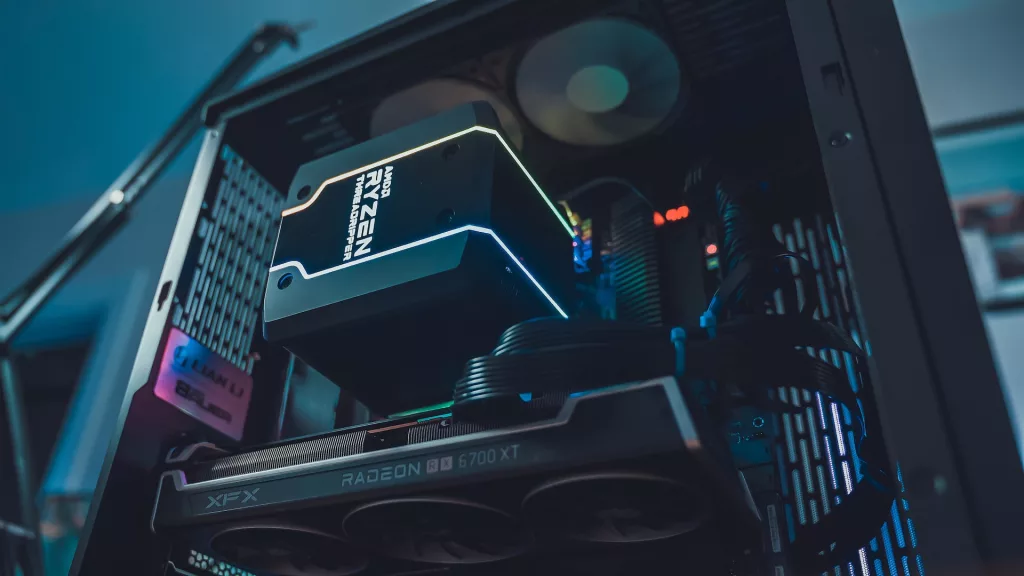As a game enthusiast, you may find yourself wishing to build a PC for gaming. But building a gaming PC requires funds that you may not have. Most guardians or sponsors see getting a gaming PC as unessential and unnecessary and may not fund your dreams.
You want the most bang for your buck and the best performance possible, but you don’t want to spend too much on something that will become outdated in a few months.
Building a gaming PC is a matter of getting quality yet affordable vital parts for the PC to run efficiently at the lowest price possible. Here are some ideas on how to build a gaming PC on a student budget.
How to build a gaming PC as a student: A guide
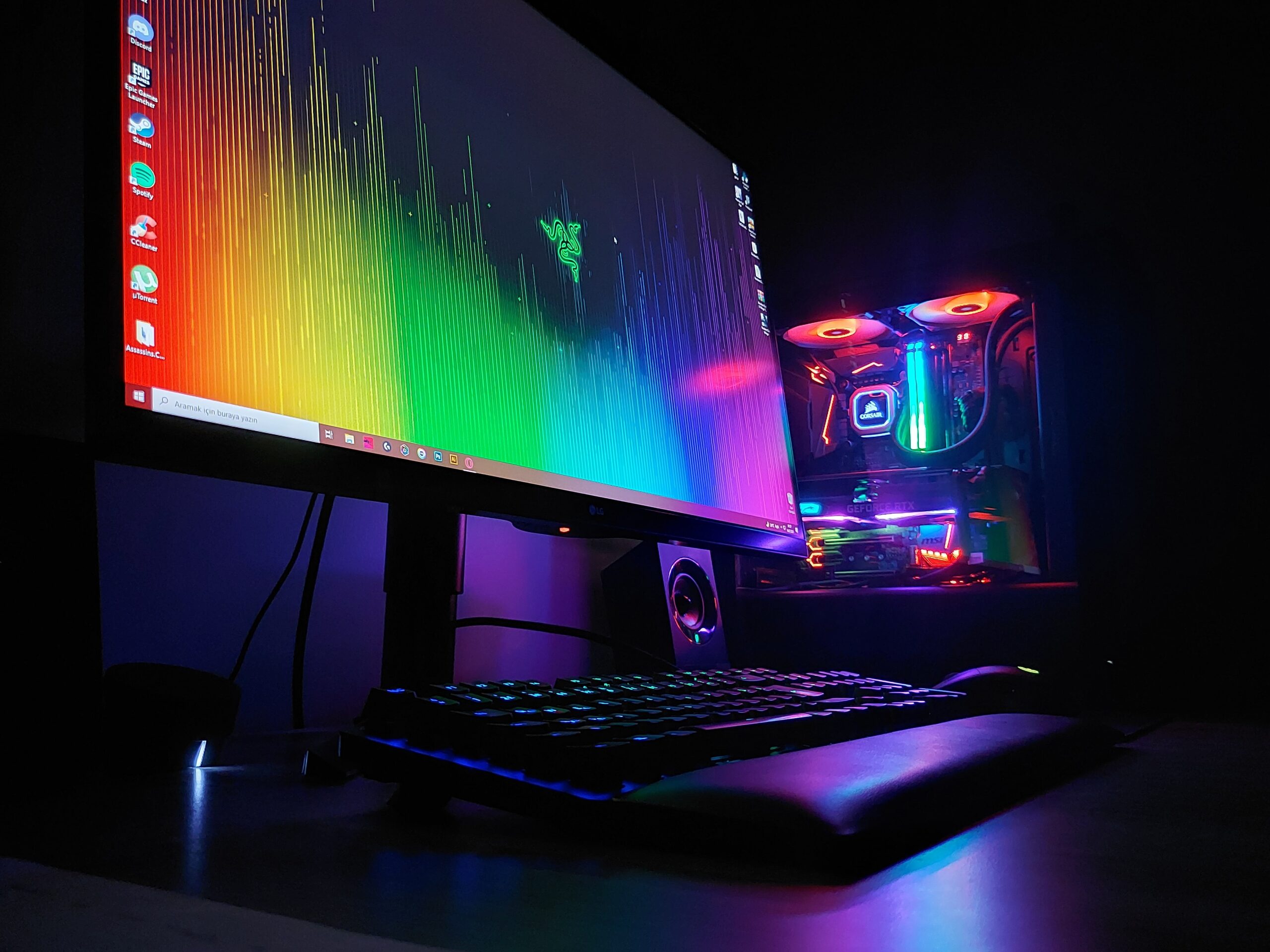
The first step to building a PC is understanding the different parts of your computer and how they fit together. To do this, we’ll walk you through the basics of the computer case, power supply, motherboard, CPU, and memory.
Don’t forget about studying!
Even though you’re about to do something fun, you must schedule time for studying. Your gaming PC project shouldn’t rob you of good grades. You must know how to maximize time and resources. Paying professionals to write my college essay is a perfect way to manage time while building a gaming PC. Edubirdie writers deliver 100% unique essays at flexible prices. They can help you with your essay writing and even proofreading. With a good writer, your papers will be well researched, free of plagiarism, and ready to submit in time.
Decide on the PC usage
Building a PC is fun problem-solving skills but also time and money-consuming, so you have to get the PC requirements right before starting. Determine if the PC is exclusively for gaming or both gaming and studying; this will ensure you get the right components for the computer.
Find Multitaskable Parts
Note the specs you want each part to have before buying. It is vital to have all the specifications so you don’t buy something petty and waste money. Follow these steps to get good budget-friendly PC essential parts.
Motherboards come with many bells and whistles. Determine what you don’t need – such as onboard WiFi or multiple PCIe slots. Also, note that motherboards have a socket that can only accept a specific type of CPU/processor. In other words, motherboards decide what CPUs you can buy – so do the research for the two items together.
Choose a motherboard compatible with different CPUs and GPUs. The compatibility helps save money while choosing other PC parts. The high-rate gamers may need a PC with a high-end motherboard but you can make do with a mid-range.
Also read: Motherboard size guide for gamers.
I would recommend an AMD Ryzen processor. Ryzen processors are generally good and if you have a low- to mid-budget for your gaming-study PC, it’s best to ditch Intel’s higher prices in this bracket altogether. You get more cores for the same amount of money with AMD Ryzen processors – which boost your PC’s productivity.
If you have extra money to spare, however, you can go for Intel. Their single-core speeds are generally better and it slightly improves the gaming experience (mainly with an Nvidia GPU and FPS performance).
In any case, the CPU should be of gaming specs standard. It must have a strong multi-core processor to run processing power demanding programs and be compatible with the PC motherboard. The CPU determines how fast or slow the PC will be, so ensure to check all specs and get the best on a low budget.
Don’t go for very old processors. Limit your hunt to processors that came out in the last 5-6 years.
Also read: CPU, GPU, RAM: What does a game truly need?
The graphics card (GPU or the video card) is the most important part when it comes to deciding the quality of gaming. Consider the type of games you are playing and choose either a mid or high-range GPU.
If you are not planning on playing insanely high-end AAA games on ultra settings, an entry-level GPU will also work, such as a GTX 1080 Ti or 1660 (Nvidia), or RX 580 or 5700 XT (AMD).
Like most other components, GPUs can be replaced later with newer ones. It’s perfectly okay to start with a low- or mid-range card and move your way up in a few years. The increased quality of effects and FPS will be a pleasant surprise.
Also read: How much to invest in a gaming GPU with the soaring prices?
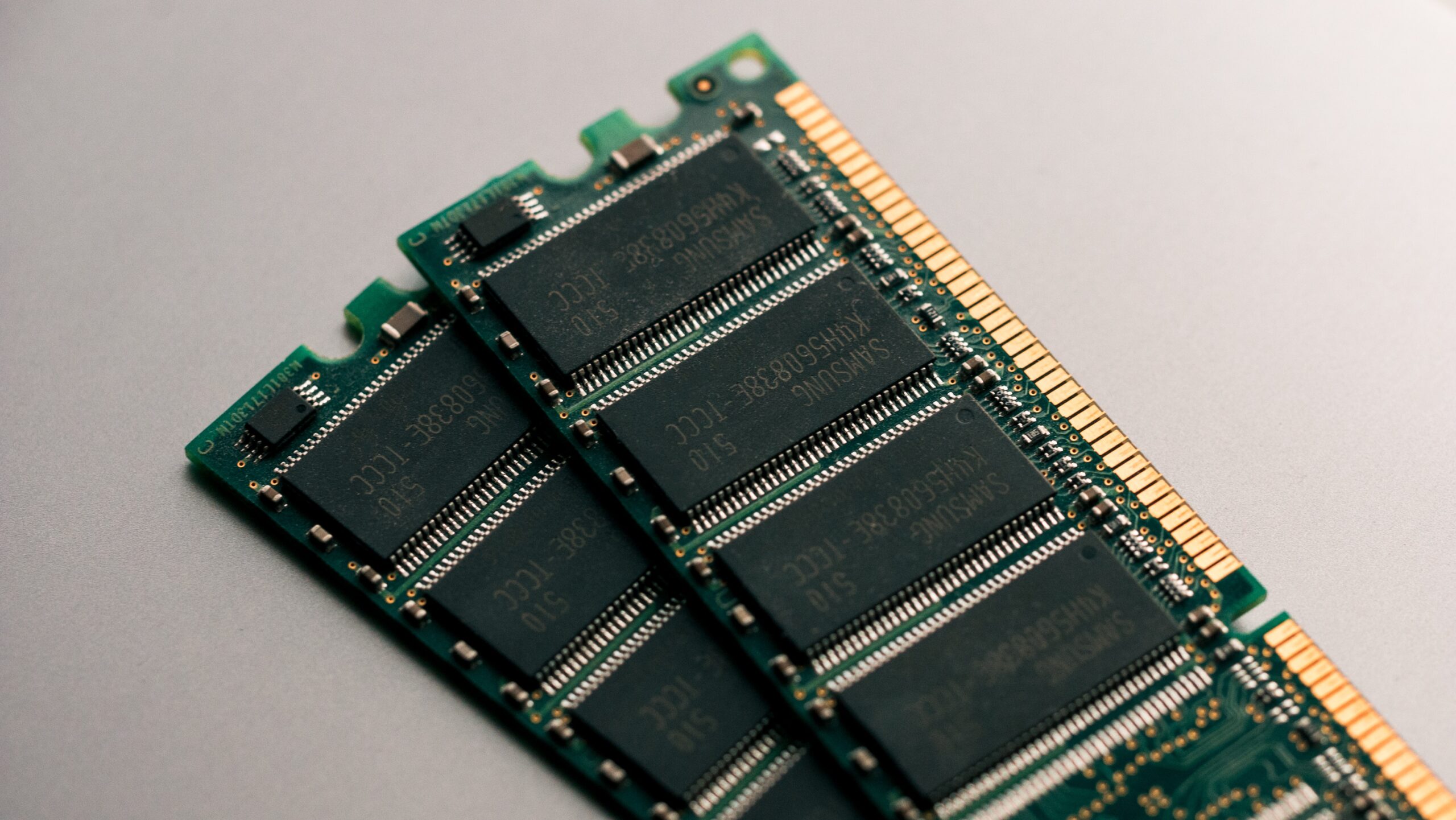
RAM is the memory of the computer. The more apps and processes that are open at the same time, the more RAM will be needed. If RAM is not sufficient, processes will quickly hog up all the available memory, and then there will be no space for new processes.
This causes lag. Windows own processes use up a lot of RAM by default. 8GB is a good place to start. A new RAM stick can always be purchased later to double your memory (never choose a motherboard with a single RAM slot if you ever wish to upgrade hassle-free).
A combo of two RAM sticks is always better. Try to get 16GB RAM if possible in an 8+8 configuration. Don’t get a single stick of 16GB. Two sticks allow the RAMs to work in tandem – something called dual-channel mode. If your motherboard has 4 RAM slots, you should put the RAMs in slots 1 and 3 or slots 2 and 4.
Also read: How to install more RAM in your gaming PC?
Decide on the storage capacity
Games require ample space for storage and fast loading. SDDs are better for speeding up game loading times and also other apps and processes of the computer. But they are more expensive than HDDs.
The best option on a student budget is to get a modest mid-size SDD such as 250-500GB. Alternatively, you can also go for a 250GB SSD for games and apps and a 1TB HDD (pretty much the same price as a smaller SSD) for storage for files, movies, etc.
Also read: Are SSDs necessary for gaming? and Are M.2 SSDs worth it for gaming?
Pick a power supply unit (PSU)
The PSU provides power to all the other components. Depending on how power-hungry your components are, you need to make sure there’s always a comfortable headroom for your components to occasionally draw more power.
For example, if the total wattage of your components is coming at 400W, you should get a PSU of 550-600W. More powerful GPUs (especially the Nvidia 30 series cards, AMD RX 6000 series cards, and the upcoming Nvidia and AMD cards) can cause problems here. They draw a lot of average power, which is cool, but their transient power spikes are way too high for 500-600W PSUs.
Transient power spikes happen for a few microseconds but can cause the PSU to trip and go offline. As long as you have an older GPU and a 550-600W PSU, things should be good. Still, talk with an expert and tell them your configuration – they will tell you what is the recommended PSU for your PC.
The chassis houses the rest of the computer parts, and there are many options to choose from. The other main features of the PC must be compatible with the chassis. For a gaming PC, a spacious mid-range tower is perfect.
Get to work
Check out our guide on assembling the most “average” gaming PC in 2022. This is a list of parts including monitors that most gamers use.
With all parts available, get your screwdriver and prepare to assemble. Building a PC sounds like complex work, but it is quite straightforward. Search for some videos on YouTube and follow the steps offered there.
If you don’t want to go through the technical aspect of building the PC yourself, get a pre-assembled cheap gaming PC or choose your parts from a PC shop – someone will assemble it for you.
If you are worried about costs, here’s a nifty tool by PCPartPicker which allows you to choose components and check their prices, availability, and compatibility issues in real time.
Conclusion
Building a gaming PC by yourself is an excellent way of saving money. It is great for skill improvement and tech expertise. However, if you are not a gamer or tech-inclined and need a laptop only for school activities, buying a pre-assembled computer before you waste money is best.
Struggling with monitor choice? Fret not. Check out our monitors section for the best tips and tricks when choosing a good monitor.


